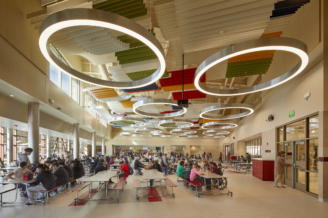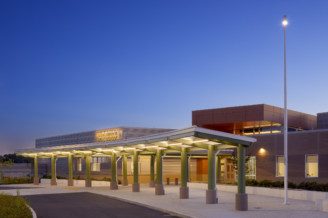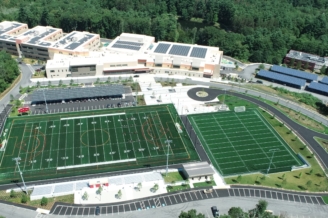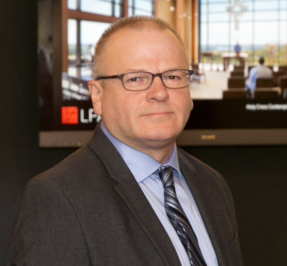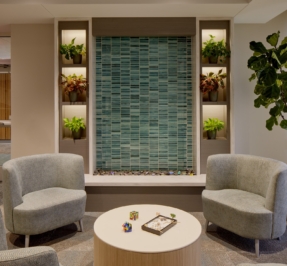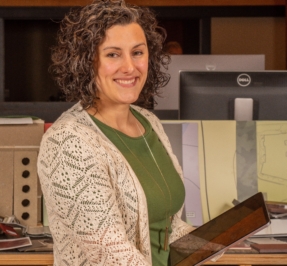Understanding the Benefits of LEED
There are many ways to measure broad concepts like efficiency or sustainability, but without a standardized system for evaluating how “green” a building really is, these terms lose their meaning. The U.S Green Building Council saw a need for standards that were lacking in the industry and implemented LEED (Leadership in Energy and Environmental Design) a number of years ago offering a way to quantify the health and efficiency of buildings, and to push the industry to continuously do better. Just as important, they offer learning opportunities for professionals to develop their expertise in sustainability and earn an industry-recognized credential.
LPA|A has five LEED Accredited Professionals on staff, all of whom credit the process of attaining the credential with helping them in thinking through sustainable design strategies on projects. Each of the five also cites a passion for sustainable design as a driver in pursuing the credential. As a firm, LPA|A ‘s commitment to sustainable design began with its founding in 1970.
“LEED was an up-and-coming development in the industry when I began my career and I wanted to learn about it immediately,” said LPA|A Architect Natalie Gabrielle. “It definitely helped me frame projects in a different way and better organize my ideas relative to sustainable design.”
“Whether to achieve LEED certification or just incorporate sustainable initiatives, sustainable design is important to our firm and the majority of our clients,” said LPA|A President Katie Crockett. “We championed it for a long time prior to LEED and it is evident in our projects. As architects we have a responsibility to design for the long-term for our community and climate. We take that very seriously.”
The LEED AP staff at the firm take advantage of opportunities to continue their learning both through the company’s professional development program, industry conferences and events, and more directly in working with The Green Engineer, sustainable design specialists that are nationwide leaders in this space.
LPA|A has worked with The Green Engineer on a number of projects in recent years, including Nelson Place Elementary School in Worcester, which attained LEED Silver and a Zero Energy Building designation by the Massachusetts Department of Energy Resources. They are also part of the teams for the firm’s three largest current projects: Beal Elementary School in Shrewsbury and South High and Doherty High, both in Worcester.
Carrie Havey, Senior Project Manager at the Green Engineer who works collaboratively with LPA|A staff, said, “LPA|A has done a really good job of encouraging continuing education in their office around LEED. Our role is to provide guidance and educate teams so that their project can meet LEED requirements and more importantly, to make sure we are doing all we can to create healthier, more energy efficient environments. We don’t expect teams to have the level of LEED knowledge that we bring, but it is helpful if they understand enough about LEED in order to have a shared understanding and speak the same language.”
The LEED standard is multi-faceted and ever-changing, and must be balanced with the owners’ overall goals, budget and other priorities. Everything from recycling of demolition materials to water usage and indoor air quality to building materials, acoustics, and renewable energy sources are considered within the context of the any budgetary implications, the building program, and the health and well-being of occupants for the life of the building. Using the framework of the LEED rating system has proven to be of benefit whether or not certification is ultimately pursued or achieved.
Having expertise, both on staff and across the consultant team helps owners to make well-informed decisions that will serve them for decades to come.
Share This




